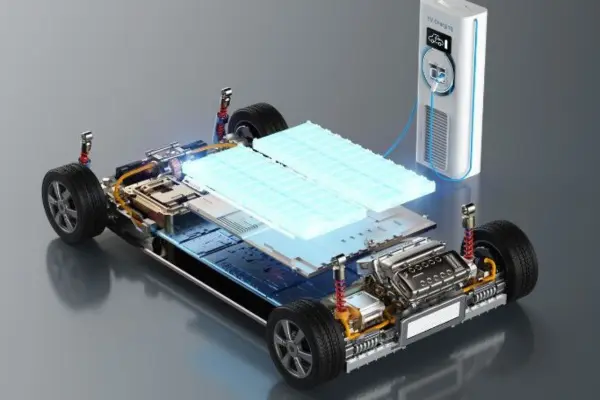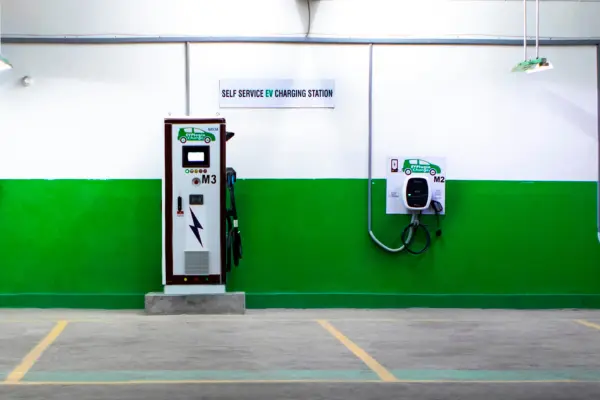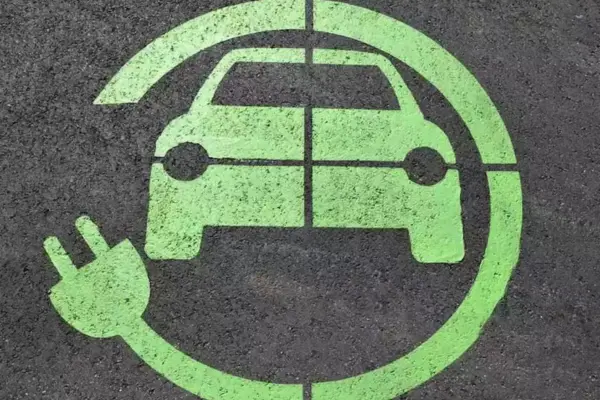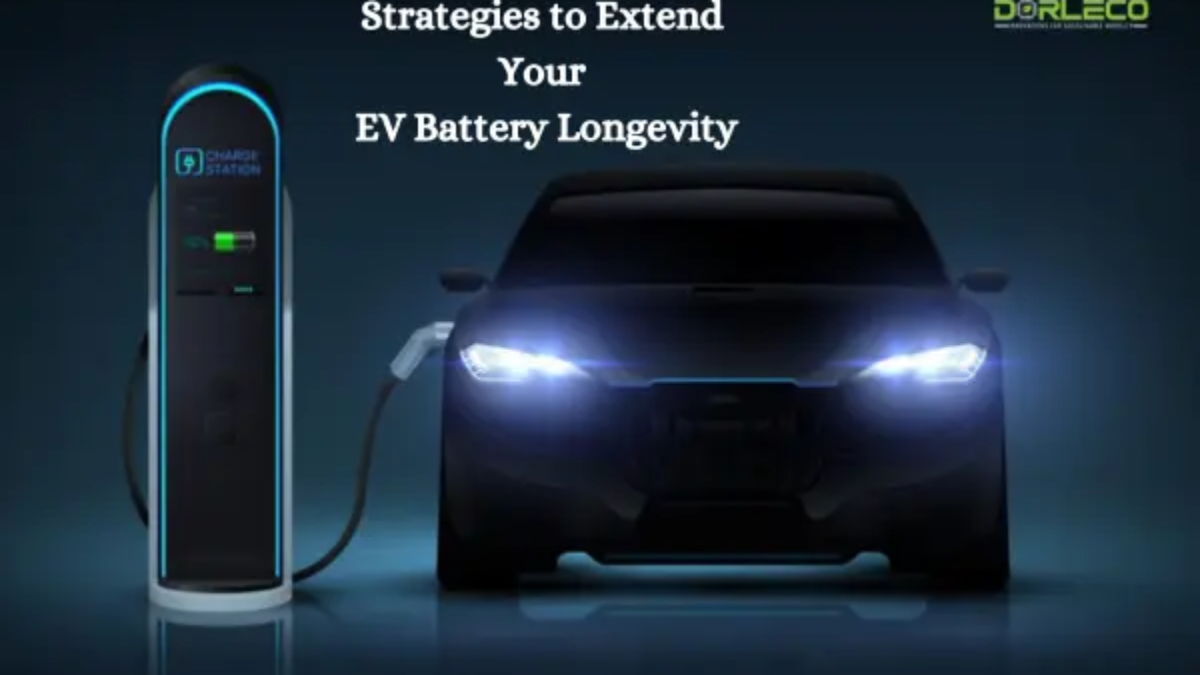Introduction
The most important and costly part of an EV is its battery. It makes sense to be worried about extending the life of an EV battery since it can cost up to 25% of the vehicle’s overall cost. In addition, the extent of deterioration affects the maximum useable range and residual value of the electric car.
Three main variables contribute to the deterioration of EV batteries: time, operating temperature, and cycles. To Extend Your EV Battery lifeline, it’s important to charge your vehicle regularly, drive sensibly, and minimize the three primary risk factors—deep draining, rapid charging, and exposure to severe temperatures.
Compared to internal combustion engine (ICE) vehicles, electric vehicles (EVs) have fewer moving parts and require less maintenance; nevertheless, with time, they often lose their ability to charge completely. As a result, knowing how EV batteries function.
To find out more about how to Extend Your EV Battery capacity, the reasons behind EV battery deterioration, and the top strategies for extending EV battery life, continue reading.
Why is EV Battery Capacity Important?
Kilowatt-hours are the unit of measurement for an electric car’s battery capacity (kWh). Electric vehicle lithium-ion batteries come in a range of sizes and kWh capacity.
Most all-electric cars have a battery pack that ranges from 30 to 100 kWh; a larger kWh corresponds to a longer driving range. A higher kWh rating denotes an EV’s real-world range or improved fuel efficiency.
What is the lifespan of an EV battery? Most people believe that the maximum battery life for an electric automobile is 65,000 miles. Even while an EV’s battery pack may eventually lose its capacity to hold a full charge, the battery pack will not fail all at once.
Batteries for electric cars usually have a battery pack guarantee of at least 8 years or 100,000 miles. The warranties offered by EV manufacturers vary. For instance, Kia’s battery pack guarantee is valid for 100,000 miles or ten years.
The battery warranty on higher-end Tesla models is 150,000 miles. As an illustration, the Tesla Model S has an 8-year warranty or 150,000 miles with a 70% retention of battery capacity.
Electric motors that are more efficient, lower battery costs, larger battery capacities, and new battery chemistries are all being brought about by advancements in electric vehicle battery technology. Furthermore, automatic precautions against overcharging, over-discharging, and overheating are integrated into the design of contemporary EVs.

The most well-known EV manufacturer in the world, Tesla, intends to release a “million-mile battery” that might even outlive the vehicle itself!
According to a life cycle study of EV batteries, an EV’s battery capacity or range will eventually diminish; throughout the warranty, battery degradation may range from 10% to 40%, depending on usage.
An EV battery’s range and performance start to decrease as soon as its capacity drops below 80%.
In most cases, an EV owner’s warranty covers a battery. An EV owner can make use of the manufacturer’s battery guarantee in the case of a battery failure or an unplanned repair.
What are the Factors Affecting EV Battery Degradation?
Energy is produced by a chemical process in an EV battery. Typically, EVs are powered by lithium-ion batteries. Approximately 2.3% of the initial range of an electric vehicle battery is lost annually on average.
Lithium-ion battery packs, which operate well at room temperature without needing to be kept at a very low or full state of charge (SOC), are found in many contemporary electric car battery packs.
Because electric vehicles do best in normal temperatures, it is important to stay out of extreme heat or cold, especially when your EV is parked and not plugged in, to prolong the life of your battery.

Heat negatively affects lithium-ion batteries, which is why EVs in warmer climates typically have faster battery depletion. For this reason, the majority of EVs have liquid-cooled battery thermal management systems installed to preserve battery life, keep the batteries at the proper temperature, and enhance their efficiency.
Furthermore, a study found that “DC fast charging resulted in a 10% degradation over eight years” when using Level 3 fast-charging stations, hence reducing battery lifespan.
An EV may be charged to 80% capacity in 30 minutes with fast-charging DC stations; however, this rapid charging comes with heat generation, which may shorten the battery’s lifespan and performance down the road.
How Does EV Charging Work?
Thousands of Li-ion cells are built into EV battery packs, which are designed to be charged while the vehicle is plugged in and discharged when it is being driven. The number of charge cycles—the complete charging and draining of the EV batteries—is used to calculate the expected life of electric car batteries.
The recurrent cycle of charging and discharging causes EV batteries to deteriorate with time, which lowers the amount of charge an EV battery can hold yet lengthens the time needed to recharge the battery.
To Extend Your EV Battery to an electric vehicle’s range, EV chargers—also referred to as “slow,” “fast,” or “rapid” chargers—are accessible at residences, workplaces, public charging stations, and other approved locations.
Here Are 7 Simple Strategies to Extend Your EV Battery Car Longevity
1. When parked, reduce your exposure to exceptionally high temperatures.
The usual hazard is when you park unplugged and expose yourself to intense heat. Your electric car’s automated temperature control system will unnecessarily deplete your batteries to maintain low temperatures for maximum efficiency. Even though this feature should only be used while your electric car is running on its battery, you should still park it in the shade or plug it in so that your car’s thermal management system runs exclusively on grid power and maintains a steady operating temperature.

2. Cut down on the quantity of fully charged batteries.
A battery management system has already been implemented in electric automobiles to prevent overcharging and undercharging at the highest possible level of charge. Maintaining your car’s battery between 0 and 100 percent charged also contributes to longer battery life. Although a full charge will allow you to use your battery for as long as possible, it is never a good idea for the battery’s overall longevity.
3. Avoid Using quick charging.
It is very convenient to use a fast-charging device if your batteries are about to run out. But since it draws so much power from the batteries quickly, it strains and depletes EV batteries more quickly. Eight years of regular charging will provide you with 10% greater battery life than eight years of rapid charging, even though it is difficult to discern its decline.
4. Maintain the ideal battery level of charge for extended storage.
EV batteries that are left parked or stored, whether they are full or empty, deteriorate with time. If you want to take long trips or don’t use your electric car frequently, invest in a timed charger and plug it in. If you leave your car running at 100% while it is parked somewhere for an extended amount of time, the battery will have trouble holding its charge. One tactic is to program the charger to maintain an average charge level of between 25 and 75 percent, just above the low point and without reaching the maximum capacity.
5. Avoid abrupt acceleration and keep your pace steady.
Performance is hampered and the battery is quickly drained when accelerating or braking. Aside from creating difficult driving circumstances, aggressive driving and sudden acceleration can only hasten the battery’s depletion.
Thus, a slower drain of the battery is avoided when traveling at a modest speed and in inappropriate circumstances.
6. Don’t plug your EV in every night. Similarly, don’t top it up to
100% when you don’t have to.
Maximum running time is provided by a fully charged battery. Nevertheless, an excessive level of charge shortens your EV battery’s overall life.

7. Check your EV owner’s manual for the manufacturer’s recommendations on optimal charging, operating, and repair/replacement instructions:
A “storage” mode is available on some EVs, such as the Tesla Roadster, to maintain a lower level of charge and prolong the life of individual battery cells.
Since most electric vehicles (EVs) may go 200,000 miles or more on their original batteries, most of them do not require an immediate replacement. Usually, rather than having to replace the complete battery, a few weak cells can be replaced to return the battery to normal.
Conclusion:
By 2040, EV sales are predicted to surpass 60% of all passenger vehicle sales worldwide, indicating that the market for electric mobility is expanding rapidly. According to projections, EVs will account for 50% of all new cars sold in nations like the UK shortly, increasing their prominence.
Consumers purchasing electric vehicles (EVs) and hybrid electric vehicles (HEVs) as a result of “the growing trend toward adopting green cars” is one of the key factors contributing to the EV boom, according to Black Ridge Research & Consulting’s worldwide electric vehicle battery market research.
While battery packs are used in electric cars, rechargeable lead-acid batteries are usually used in gasoline-powered vehicles including lithium-ion batteries that can be recharged. Lithium-ion batteries are usually found in electric vehicles because of their superior energy density compared to lead-acid and nickel-cadmium batteries.
The major strategies for extending the life of your EV battery are minimizing exposure to severe temperatures, opting for conventional charging rather than fast charging, managing the ideal state of charge, and keeping a steady speed.
An EV’s lifespan is increased, among other things, by routine maintenance and care.
To get the most out of your EV and Extend Your EV Battery & its lifespan for a fun experience, use the advice on this page!

